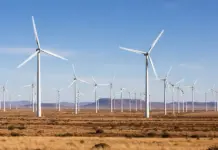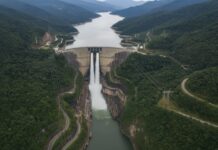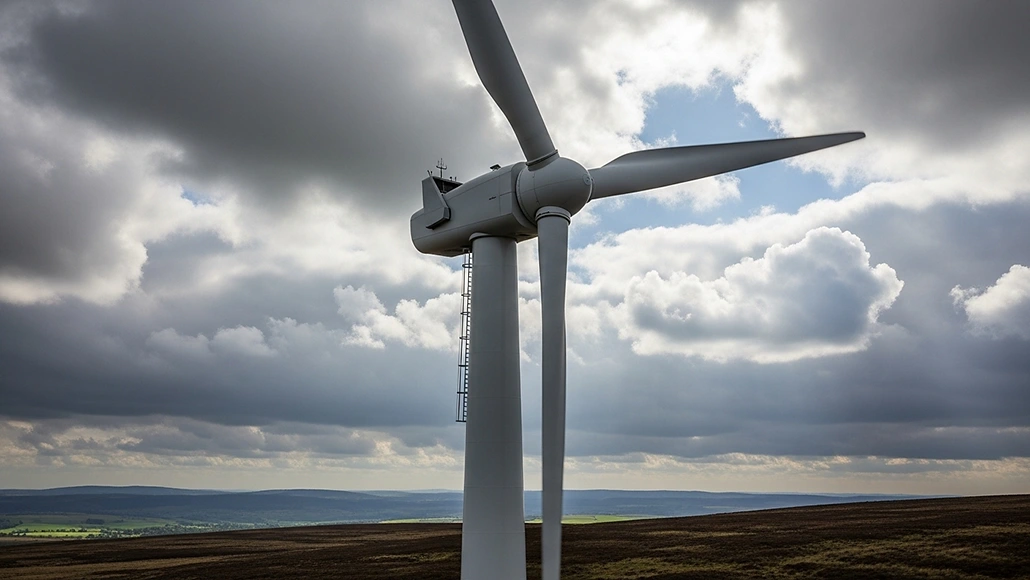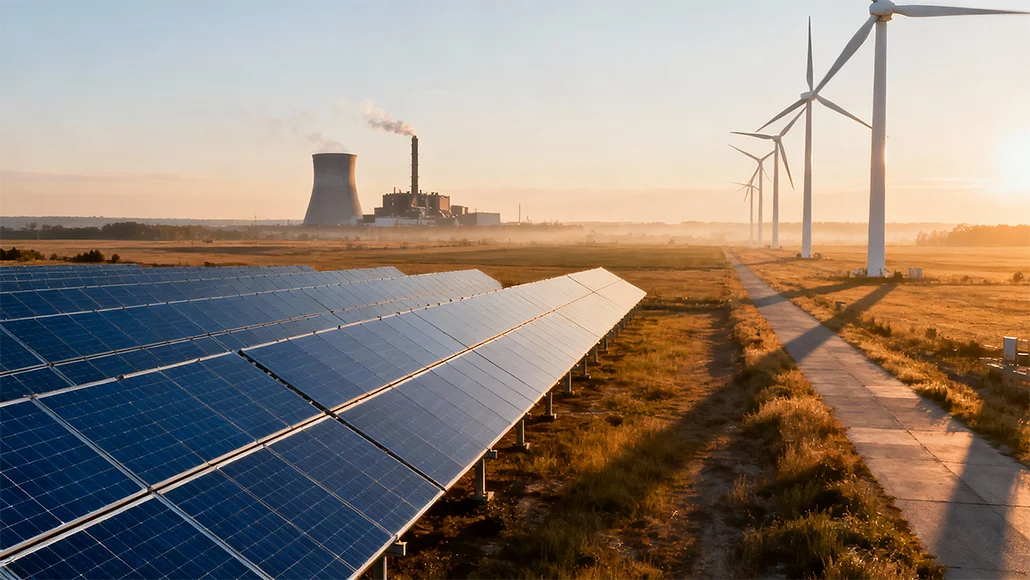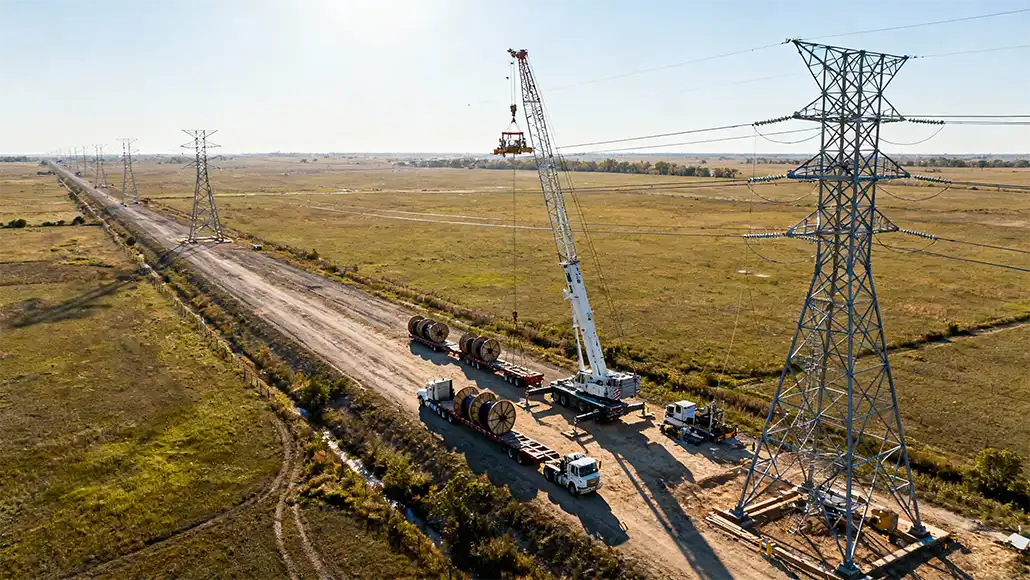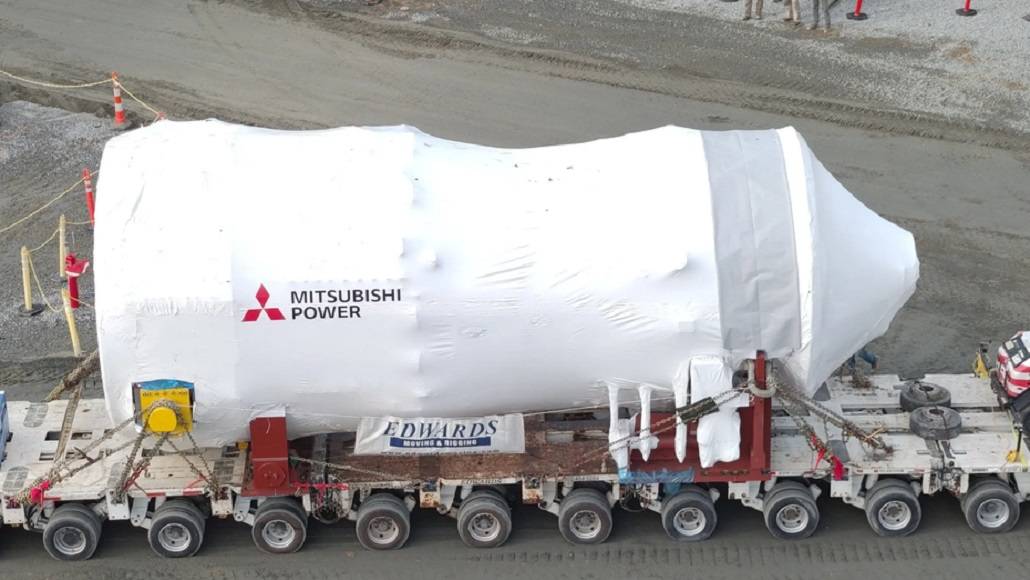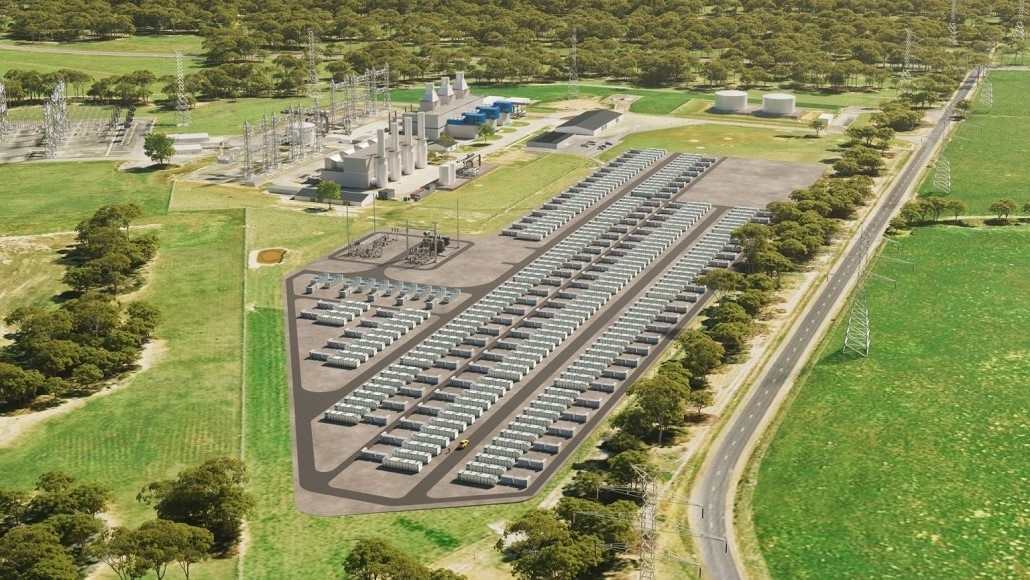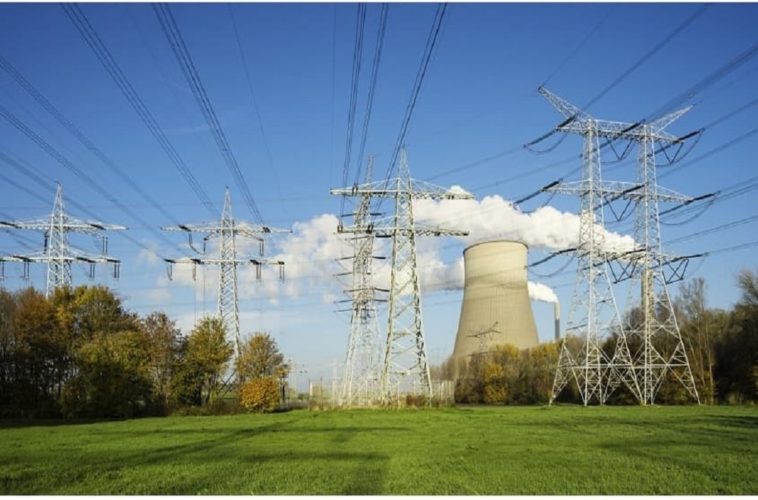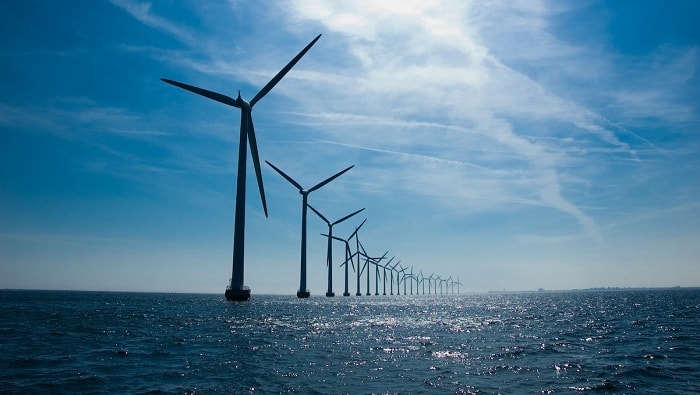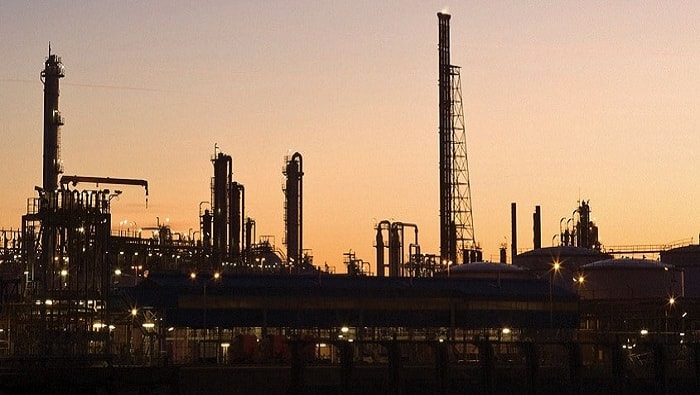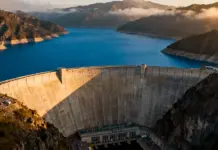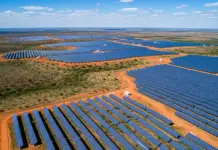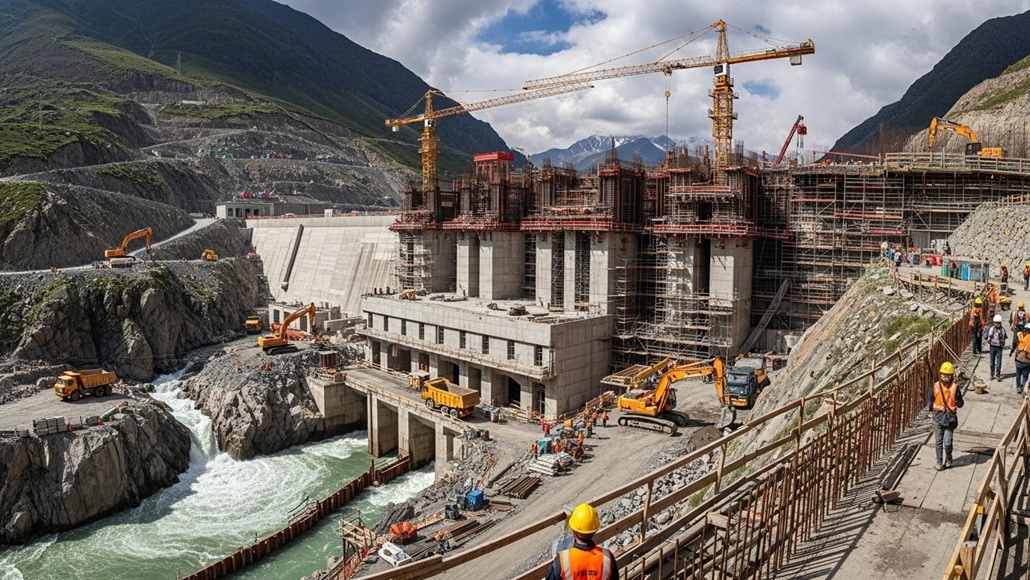China’s Premier Li Qiang announced the start of construction on what will be the world’s largest hydropower dam, located on the eastern rim of the Tibetan plateau and estimated to cost around $170 billion, the official Xinhua news agency said.
China is working to increase the use of renewable energy and lower carbon emissions, and this initiative is part of that effort.
The dam will be built in the lower parts of the Yarlung Zangbo River and will include five cascade hydropower units. It might impact millions downstream in India and Bangladesh.
Li described the hydropower project as a “project of the century” and said special emphasis “must be placed on ecological conservation to prevent environmental damage”, Xinhua said in its report on Saturday.
Officials have not said how many people the Tibet project would move or how it would affect the surrounding ecology, which is one of the richest and most diversified on the plateau.
But according to Chinese officials, hydropower projects in Tibet will not have a major impact on the environment or on downstream water supplies. India and Bangladesh have nevertheless raised concerns about the hydropower dam.
NGOs like the International Campaign for Tibet believe that the project would permanently damage the Tibetan plateau and that millions of people living downstream will have their lives severely disrupted.
With a capacity of 300 billion kilowatt-hours of power per year, the hydropower dam is projected to assist fulfil the energy needs of Tibet and the rest of China.
The project will play a major role in meeting China’s carbon peaking and carbon neutrality goals, stimulate related industries such as engineering, and create jobs in Tibet, Xinhua said in December when the project was first announced.
A part of the Yarlung Zangbo drops a stunning 2,000 meters (6,561 feet) in about 50 kilometres (31 miles), making it a great place for hydropower.
As it exits Tibet and runs south into India’s Arunachal Pradesh and Assam states and then into Bangladesh, the Yarlung Zangbo becomes the Brahmaputra river.
China has already begun making hydropower on the upper part of the Yarlung Zangbo, which runs from the west to the east of Tibet.


